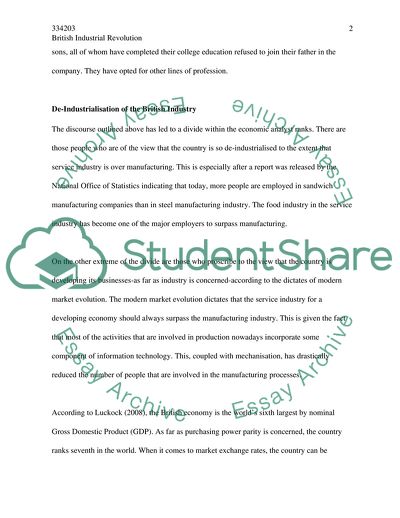Cite this document
(British Industrial Revolution Coursework Example | Topics and Well Written Essays - 2250 words - 2, n.d.)
British Industrial Revolution Coursework Example | Topics and Well Written Essays - 2250 words - 2. https://studentshare.org/history/1729345-essay
British Industrial Revolution Coursework Example | Topics and Well Written Essays - 2250 words - 2. https://studentshare.org/history/1729345-essay
(British Industrial Revolution Coursework Example | Topics and Well Written Essays - 2250 Words - 2)
British Industrial Revolution Coursework Example | Topics and Well Written Essays - 2250 Words - 2. https://studentshare.org/history/1729345-essay.
British Industrial Revolution Coursework Example | Topics and Well Written Essays - 2250 Words - 2. https://studentshare.org/history/1729345-essay.
“British Industrial Revolution Coursework Example | Topics and Well Written Essays - 2250 Words - 2”. https://studentshare.org/history/1729345-essay.


